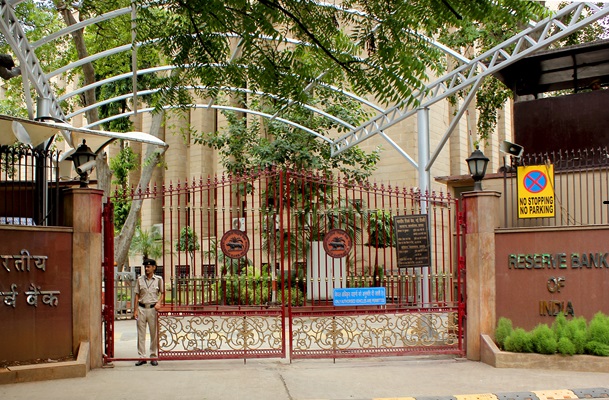.png)

Manoj Rane, who headed treasury at various foreign and domestic banks, was vice chair of FIMMDA and FEDAI. He is now an independent director advising finance firms.
March 28, 2025 at 5:32 AM IST
The RBI traditionally prioritises inflation targeting. At times, when the rupee is under pressure, currency management—or “maintaining orderly conditions in the foreign exchange market”—becomes an additional focus. On rarer occasions, the central bank must also turn its attention to managing crises within the banking system.
In recent weeks, all three challenges have emerged simultaneously, setting the stage for a perfect storm for the new Governor Sanjay Malhotra.
Inflation targeting, the RBI’s primary objective, is typically pursued through interest rate and liquidity adjustments.
The RBI has consistently articulated a target for CPI inflation of 4%, with a tolerance band of ±2%. However, CPI has hovered at the upper end of this range for the past three years. Only in January and February this year did inflation begin to show signs of easing. This has largely contributed to the RBI’s decision to hold the policy repo rate at elevated levels throughout this period.
It was only on February 7 this year that the first repo rate cut in three years was announced, bringing it down to 6.25%. Yet, the cut has had little impact on market rates.
The stalled transmission is evident in overnight and term MIBOR, both of which remain above 6.40%—before and after the cut. This signals that the 25-basis-point reduction has made no discernible difference to market pricing.
This raises a broader question: why has monetary transmission stalled, and why do interest rates remain high across the system?
With the repo rate still elevated, a broad-based decline in deposit and lending rates is unlikely. One-year term deposits continue to offer returns between 7% and 7.5%, matching the peak levels observed over the past three years.
Moreover, a persistent liquidity shortage has kept the banking system under strain. The high volume of liquidity drawn from the RBI and still outstanding is clear evidence. This has hampered the banks’ ability—and willingness—to respond to the monetary policy signal and reduce rates.
The central bank’s prolonged decision to keep the system liquidity short—a situation described by some as a “liquidity shock”—over nearly four months is the primary cause of this disconnect. Early action through more permanent liquidity tools such as long-term repos or foreign exchange swaps might have mitigated the severity of this shock. In this context, the RBI’s recent interventions—including medium-term repo operations, FX swaps, and open market operations—are a welcome shift.
Even so, belated action is better than none.
Research supports the view that monetary transmission is most effective when the banking system is only marginally in deficit—accessing liquidity through the repo window in moderate amounts. When liquidity tightness persists over an extended period, the delay in normalisation is compounded, further stalling the transmission mechanism.
A significant driver of the liquidity shortage was the sharp foreign exchange outflow triggered by foreign portfolio investor sales totalling $22 billion in late 2024 and early 2025. This not only pressured the rupee but also drained rupee liquidity from the banking system, as banks had to purchase dollars from the RBI.
For now, the key takeaway is that the RBI must ensure system liquidity remains just adequately balanced. With inflation gradually ticking lower, the conditions could soon be in place for a rate cut cycle to resume in the coming months. A growing economy such as India’s can ill afford to remain shackled by persistently high interest rates.
This is the first in a three-part series examining what has been described as the perfect storm facing the new RBI Governor. The next two pieces will explore the central bank’s currency management strategy and its response to pressures within the banking system.




